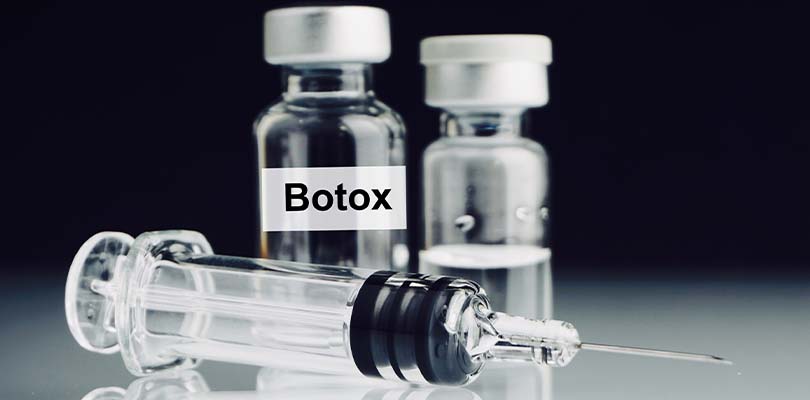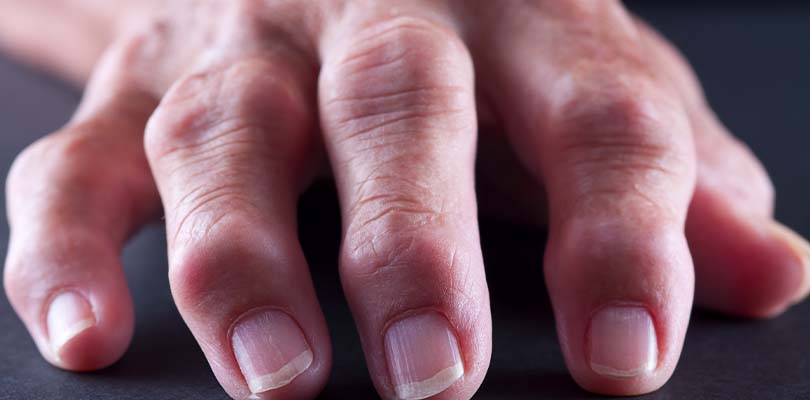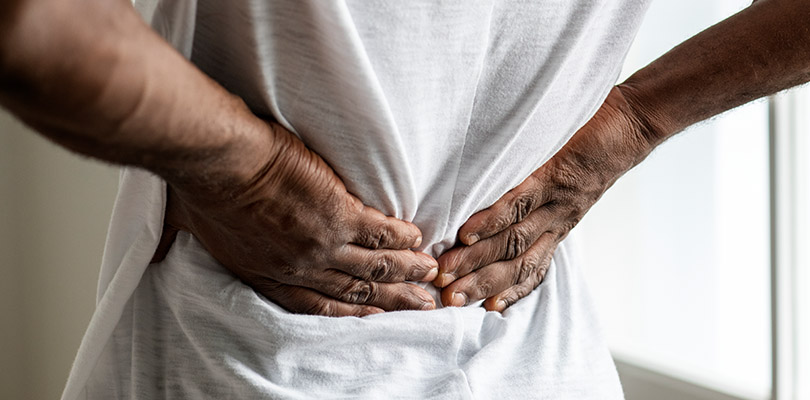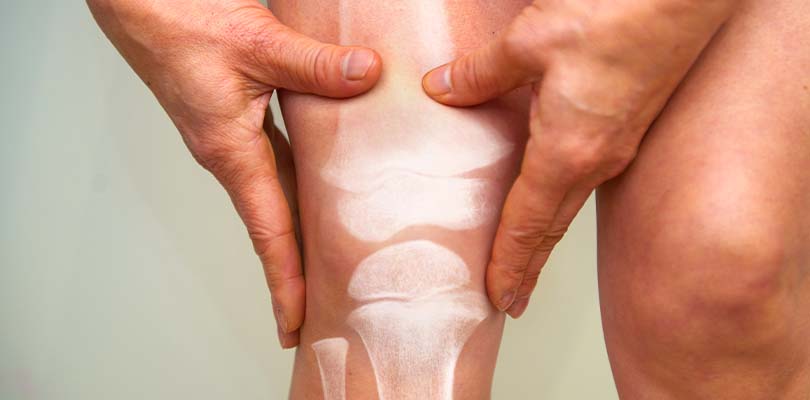Coping with Psoriatic Arthritis Pain
Arthritis pain can interfere with your daily routine and put limitations on your movement and activities. Psoriatic arthritis is no exception. When discomfort puts restrictions on your day-to-day, it's time to look at your options to manage the pain that comes with psoriatic arthritis.
What Is Psoriatic Arthritis?
Psoriatic arthritis is a type of inflammatory, chronic arthritis that affects some people who have skin psoriasis. Psoriasis is a condition that comes with patches of red skin and silvery scales.
Psoriatic arthritis can present before or after a diagnosis of a skin disorder. Early diagnosis for psoriatic arthritis is important in order to side-step joint damage. It's generally found in those between the ages of 30 to 50 but can occur outside of this age range.
Psoriatic Arthritis Causes
Psoriatic arthritis happens when your body's immune system starts attacking healthy cells and tissue. This response triggers painful inflammation in your joints. It's not clear why the immune system malfunctions like this, but there is speculation that it's the result of genetic and environmental factors.
Most of those diagnosed with psoriatic arthritis have a family history of psoriasis or psoriatic arthritis. Research shows that certain genetic markers may be linked to psoriatic arthritis. Physical trauma or environmental factors (a bacterial infection, for instance) may trigger psoriatic arthritis in those who have a parent or sibling with the disease.
Six Psoriatic Arthritis Pain Management Options
Currently, no cure exists, but there are options available for treatment. Psoriatic arthritis treatment focuses on controlling the disease and slowing its progression. The goal is to minimize inflammation in the joints to reduce joint pain and prevent disability to the patient.
Medication
Your doctor may advise or prescribe medication for your psoriatic arthritis symptoms. The good news is that there are several drugs used to treat psoriatic arthritis, which expands your options for drug treatment. These drugs include:
- Nonsteroidal anti-inflammatory drugs (NSAIDs) are used to relieve pain and reduce inflammation and are available over the counter. Stronger NSAIDs are available by prescription.
- Disease-modifying antirheumatic drugs (DMARDs) can slow the progression of psoriatic arthritis and prevent permanent damage to joints and other tissues.
- Biologics are used to stop or slow joint damage by psoriatic arthritis and are given by injection or intravenous infusion. These drugs are usually prescribed for psoriatic arthritis that has not responded to other treatments.
- Immunosuppressants calm down your immune systems, which goes sideways in psoriatic arthritis.
- Tumor necrosis factor-alpha (TNF-alpha) inhibitors reduce pain, morning stiffness, and swollen joints.
Steroid Injections
Doctors prescribe corticosteroid medications for the treatment of both psoriasis and psoriatic arthritis.
The steroids (which can be applied topically or taken in pill form, if preferable to the injection), are synthetic versions of the natural hormones that are made by the body to control inflammation. Steroids are injected into the affected joint(s) to reduce inflammation quickly.
Botox injections for arthritis are an FDA approved treatment option to help prevent arthritic pain. Learn more to find out if it's the right option for you.
This treatment should be used infrequently as too many injections too often can lead to joint damage and other complications.
Physiotherapy
Physiotherapists develop programs tailored to the individual to help increase strength, flexibility, range-of-motion, general mobility, and exercise tolerance.
They use a variety of therapeutic treatments and strategies like exercise and physical interventions to help you find proper movement to perform everyday functions.
Occupational Therapy
An occupational therapist will observe and analyze your daily movements and create a program to help you protect your joints and minimize fatigue. They can help redesign the space around you (at home and work, for example) to make it easier for you to get around.
Occupational therapists may recommend splints, braces, orthopedic shoes, and other aids to increase mobility and functionality.
The objective of occupational therapy is to help you be as comfortable and independent as possible.
Alternative Therapies
Most alternative therapies are safe, but you should consult your doctor before starting alternative therapy to ensure it doesn't interfere with any other treatments you may be receiving. Types of alternative therapy you may consider:
- Acupressure uses easy pressure on the body's key healing points to reduce pain and stress, increase circulation, and boost your immune system.
- Acupuncture uses fine needles that are inserted into the skin to help with low back pain, headaches, and nausea.
- Massage helps improve lymph circulation, and promote relaxation
- Reiki is an ancient Japanese energy healing technique used to address mental and emotional stress and provide healing.
- Other therapies available include heat/cold therapy, fatigue management, and hydrotherapy.
Joint Replacement Surgery
There are times where other treatments aren't enough – surgery may be a viable option. Severely and permanently damaged joints can be replaced with prostheses made out of metal and plastic. Research indicates that there are long term benefits when a joint is replaced (some last as long as 20 years).
There are pros and cons to consider when it comes to surgery, but in the end, the decision comes down to how the surgery will impact your quality of life.
The Takeaway
While you aren't able to rid yourself of psoriatic arthritis, there are some worthy options to relieve your discomfort. Talk to your doctor to determine which approach is best for you in order to resume your everyday activities with minimal impact from psoriatic arthritis.







